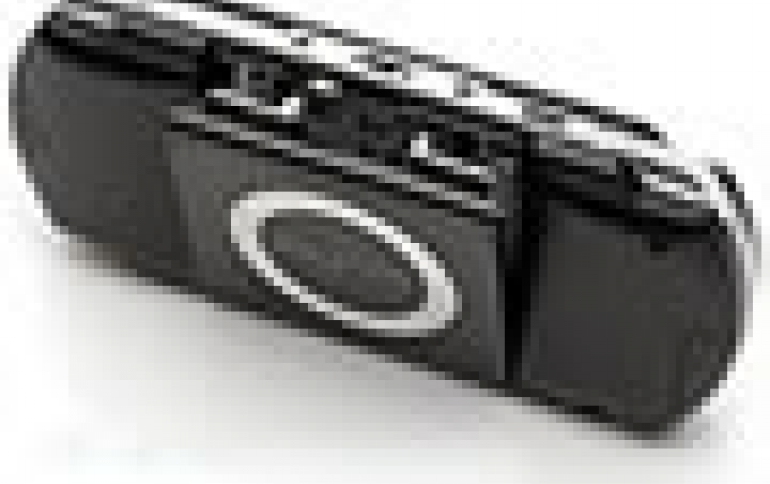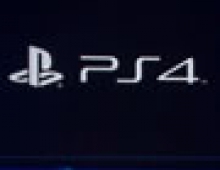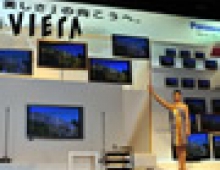
PSP sales dogged by dead Pixels
Sony announced that the first week sales of the PSP generated more than USD 150 million at North American retailers.
The number 2 consumer electronics company in the world, it seems, has not moved its handheld console as well as it had hoped. Early last month Sony had announced it was delaying its European PSP launch in order to guarantee 1 million units for the US launch. The latest estimates claim 500K - 700K units in total have sold, although the official Sony statement only mentions the sale of 500,000 PSP Value Packs in the first two days.
The PSP launch has not been trouble free and a variety of screen-related issues, mainly dead pixels, have been causing new owners grief. Sony has implemented a form of dead pixel exchange policy but a lot needs to be done in order to make gamers feel confident about their new handheld console.
Despite the doom and gloom however, it is clear that things can only get better for Sony. The price should, eventually, drop and the sale of 700K units may be below forecasts but is a considerable achievemnt for any product. Nintendo may be expecting to have shipped 6 million DS units by the end of March but it is selling a cheaper product that has been in the market longer and is globally available. The PSP is not currently available in Europe and the latest estimates suggest that it won't be until June.
However many problems the PSP may be experiencing, fans are really supporting the device and demand has been high. PSP launched in North America on March 24 with lines snaking for blocks at retailers across the nation with many locations extending business hours for midnight sales or early openings to accommodate anxious consumers. Thousands of PSP fans at special Sony Computer Entertainment America hosted events in San Francisco and New York even braved rain and sleet to be among the first to experience PSP.
The PSP launch has not been trouble free and a variety of screen-related issues, mainly dead pixels, have been causing new owners grief. Sony has implemented a form of dead pixel exchange policy but a lot needs to be done in order to make gamers feel confident about their new handheld console.
Despite the doom and gloom however, it is clear that things can only get better for Sony. The price should, eventually, drop and the sale of 700K units may be below forecasts but is a considerable achievemnt for any product. Nintendo may be expecting to have shipped 6 million DS units by the end of March but it is selling a cheaper product that has been in the market longer and is globally available. The PSP is not currently available in Europe and the latest estimates suggest that it won't be until June.
However many problems the PSP may be experiencing, fans are really supporting the device and demand has been high. PSP launched in North America on March 24 with lines snaking for blocks at retailers across the nation with many locations extending business hours for midnight sales or early openings to accommodate anxious consumers. Thousands of PSP fans at special Sony Computer Entertainment America hosted events in San Francisco and New York even braved rain and sleet to be among the first to experience PSP.



















